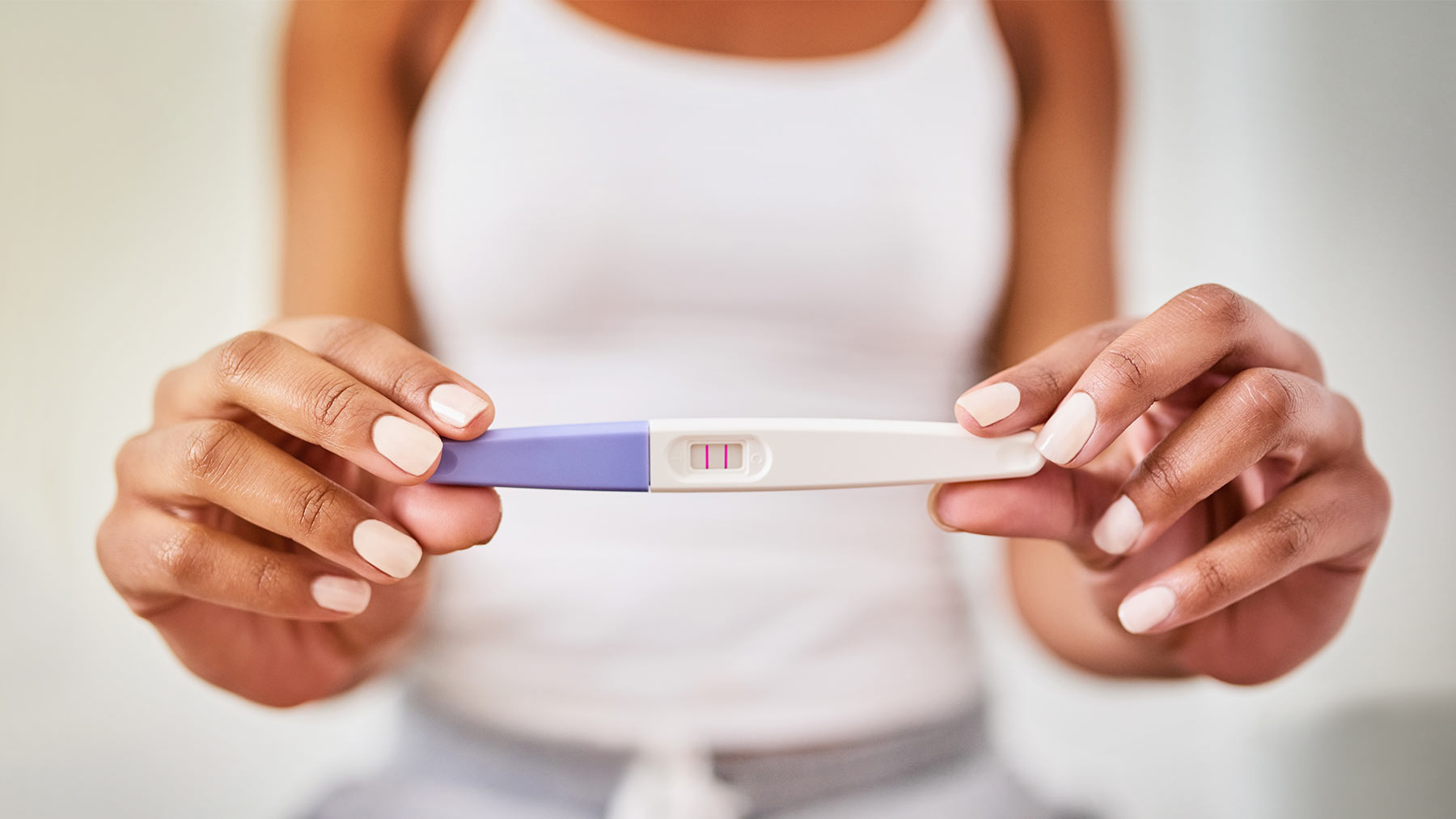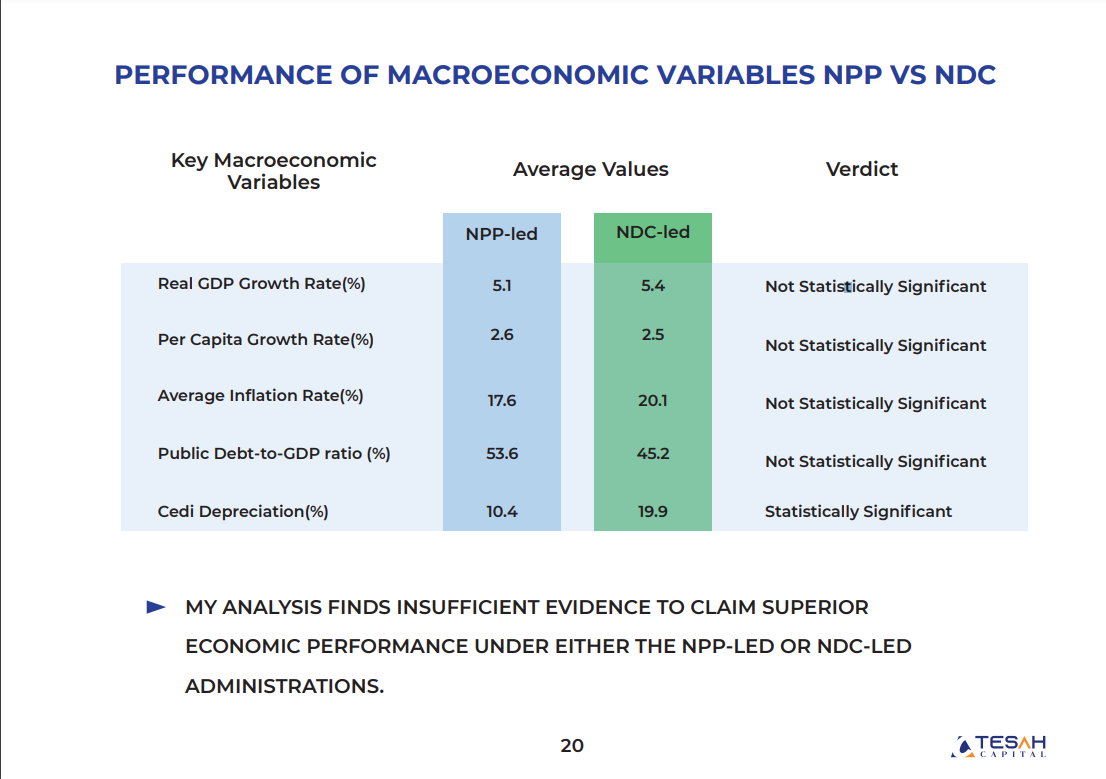
“I didn’t know I was pregnant because I was still seeing my period” The plight of some women.
A missed period is usually the first sign of pregnancy, yet, though uncommon, Some women keep having periods in their first trimester of pregnancy. This type of period is termed implantation bleeding and there are major differences between implantation bleeding and the actual menstrual bleeding.
Implantation bleeding occurs when a fertilized egg attaches itself to the lining of the uterus. This usually happens about 6-12 days after ovulation and conception.
On the other hand, menstrual bleeding, also known as a period, is a natural process that occurs in the female reproductive system. It typically happens monthly and involves the shedding of the uterine lining, accompanied by bleeding. Here are some key features of differences between implantation bleeding and menstrual bleeding:
key differences
Timing
Implantation bleeding occurs before the expected period, while menstrual bleeding occurs as part of the regular menstrual cycle.
Flow and Color
Implantation bleeding is lighter and often appears as spotting with a pink or light brown color, whereas menstrual bleeding is generally heavier and starts with bright red blood.
Duration
Implantation bleeding is shorter in duration compared to the days-long duration of menstrual bleeding.
Accompanying Symptoms
Menstrual bleeding is usually accompanied by more noticeable symptoms like cramping and mood swings, while implantation bleeding is often less symptomatic.
While both implantation bleeding and menstrual bleeding involve vaginal bleeding, their differences in timing, appearance, duration, and accompanying symptoms can help individuals differentiate between the two. If there is uncertainty or concern about pregnancy, it's advisable to take a pregnancy test or consult a healthcare professional for accurate guidance.
Read Full Story























Facebook
Twitter
Pinterest
Instagram
Google+
YouTube
LinkedIn
RSS